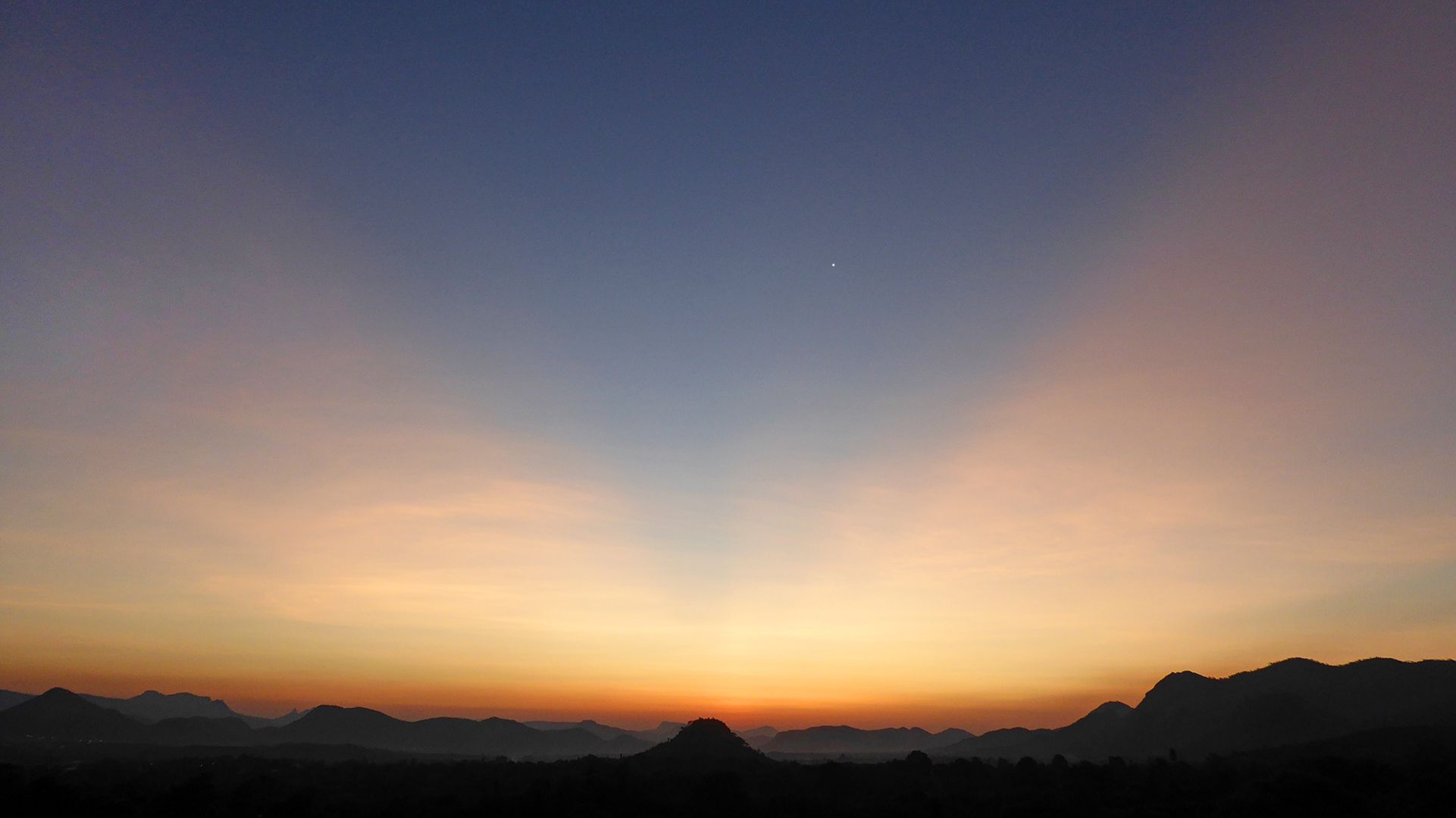By Peter Lowenstein | 2019-12-03

On 12/04/2019 10:00 pm by Dr Ski| Valencia Observatory
All the hoopla about the unremarkable Unicorn meteor shower drew my attention to it's unremarkable parent constellation: Monoceros.
Like Cancer, Monoceros contains no stars brighter than +3.5 magnitude. But like Cancer, it houses a remarkable deep sky object: in this case, the Rosette Nebula (Caldwell 49). You can actually see the nebula in a dark sky using binoculars. With a small telescope, you can zoom in on the rectangular star cluster that resides in the center of the nebula: Caldwell 50.
The Rosette is actually easy to locate using triangulation (I hate star-hopping. It gives me a migraine). Note that you can form an isosceles triangle with the Rosette, Betelguese and the Eastern edge of Orion's belt (with Betelgeuse as the vertex of the obtuse angle). It's really not that hard to find with binoculars. Try it! From a dark site.
Canon EOS M100
80mm, f1. 1
6s@ISO1600
